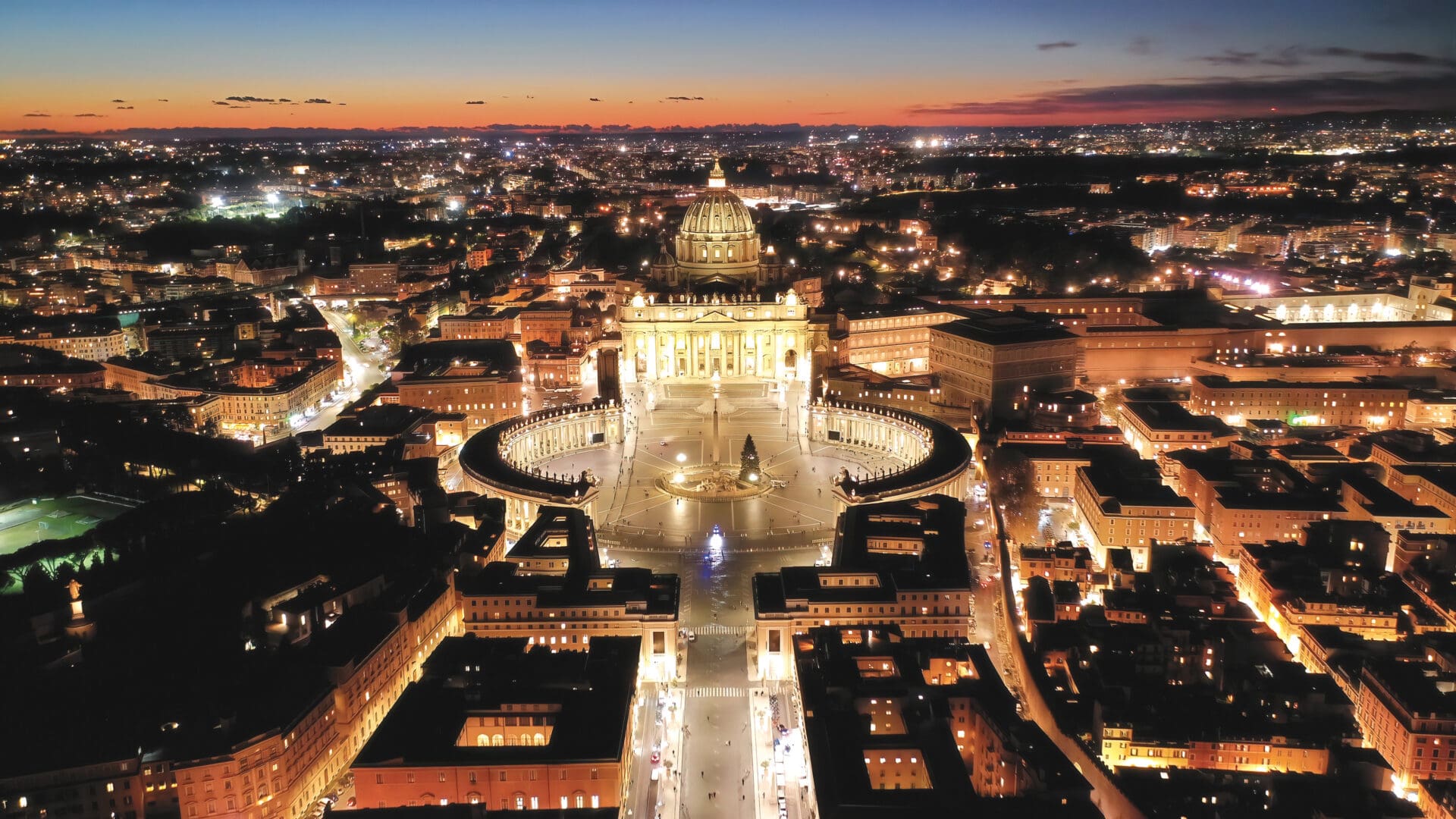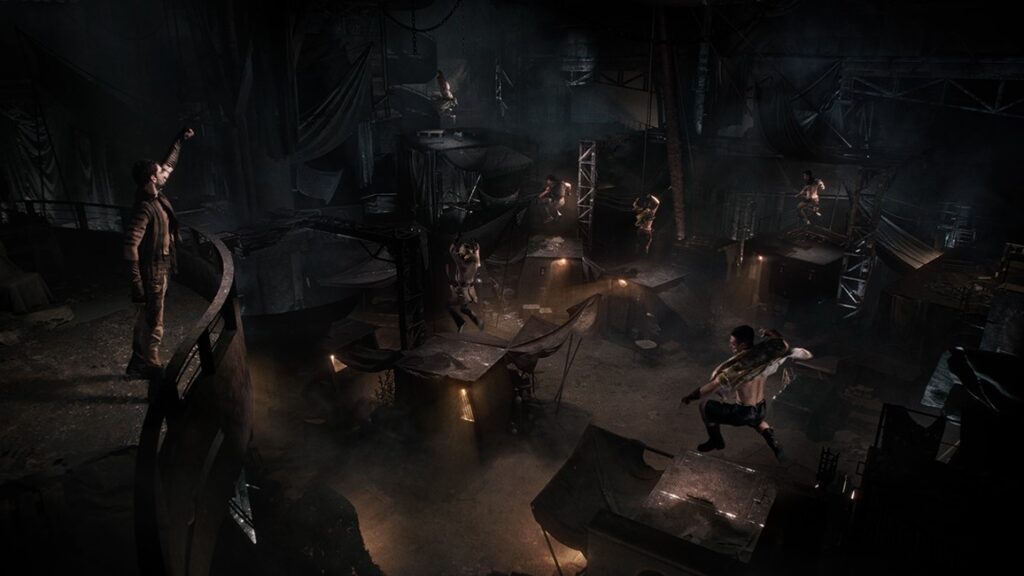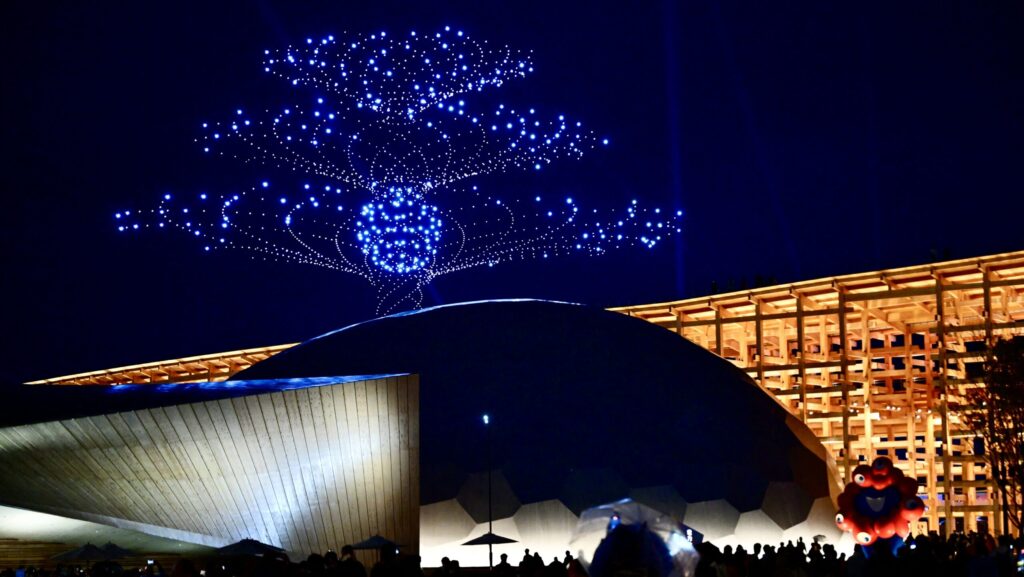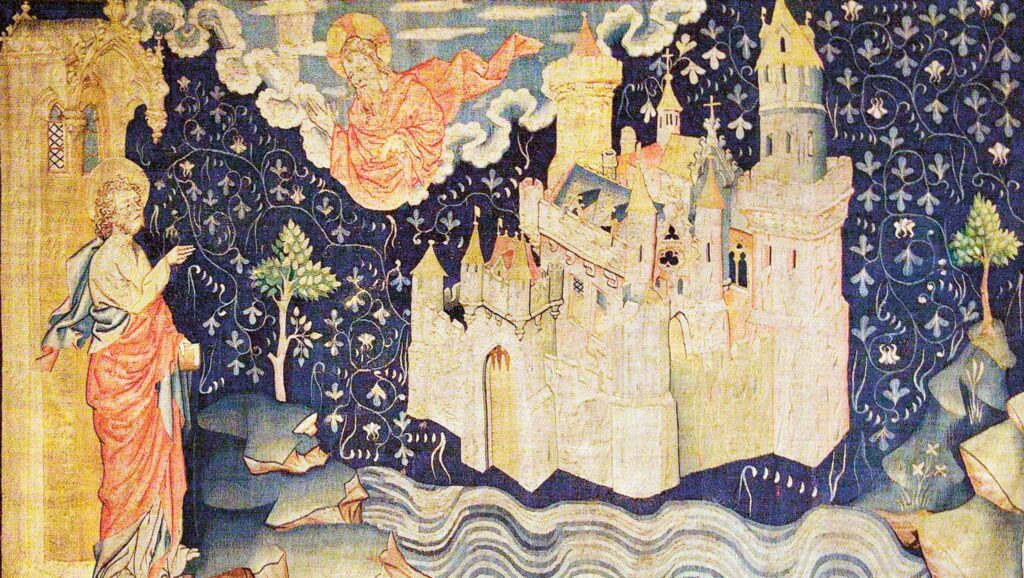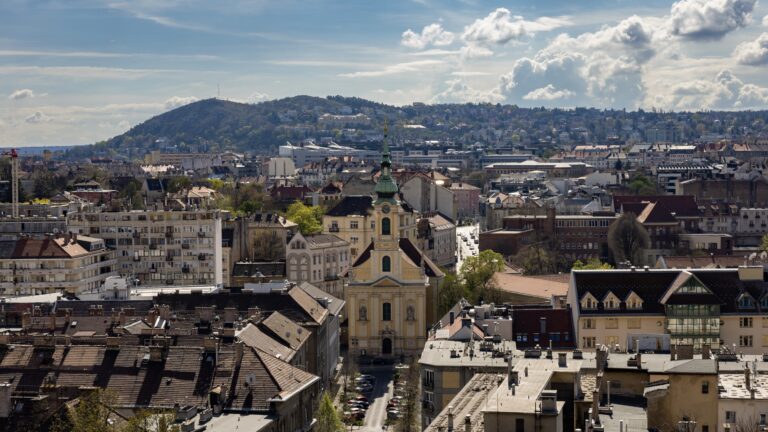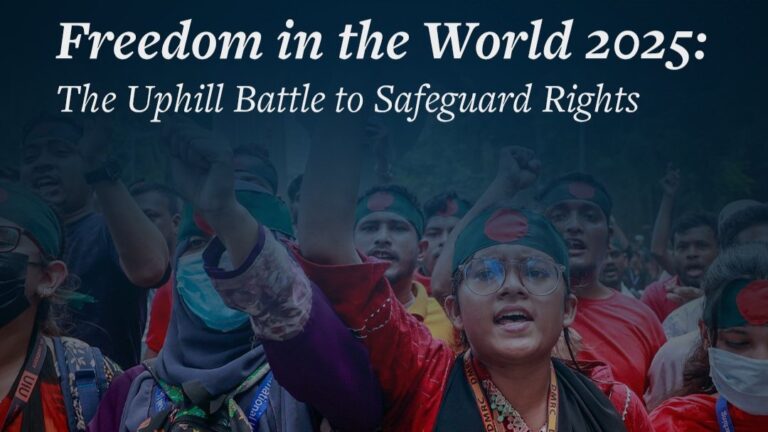This article was published in Vol. 3 No. 4 of our print edition.
1. The Historical Context of Vatican II
Sixty years ago, on 11 October 1962, Pope John XXIII opened the Second Vatican Council in St. Peter’s Basilica in Rome. The council was subsequently closed by Pope Paul VI on 8 December 1965. Sixty years ago, began the most important event in the history of the Catholic Church in the twentieth century, the twenty-third ecumenical council, which, with almost three thousand participants, was the most numerous in the history of councils. The ecumenical council (Concilium Oecumenicum) in general is a gathering of bishops and others with specific jurisdiction, convened and presided over by the Pope. Its decisions on matters of Christian faith and discipline are confirmed by the Pope. Historically, the ancient provincial and episcopal assemblies were also called councils, but they concerned only the life of particular churches. The first ecumenical council was held in Nicea in 325, followed by the seven other ancient ecumenical councils (up to 870), which took place before the Great Schism.
Elected in 1958, at the age of 76, Pope John announced in January 1959, two months after the beginning of his papal ministry, that he intended to convene an ecumenical council, preceded by a local synod of the Archdiocese of Rome.1 The Pope intended to ask for official observers from the breakaway Christian communities to attend the ecumenical council. The announcement of the ecumenical council was unexpected, not only because of the Pope’s age, but also because the First Vatican Council (1869–1870) had not been concluded but had been effectively interrupted because of the Italian unification movement, while many believed that after the promulgation of the dogma of papal infallibility (1870) there would be no need for further ecumenical councils.
The council, of course, did not spring from the Pope’s head alone, but grew organically out of the life of the Catholic Church. The event led to several renewal movements and trends from the end of the nineteenth century onwards. These included the Eucharistic Movement, which, at the initiative of Pope Pius X, began to emphasize the importance of frequent Holy Communion, and the liturgical movement, which became increasingly popular under the impetus of the theologian Pius Parsch of Klosterneuburg. The theological significance of the biblical and patristic renewal was only reinforced by the renewal of lay apostolicity (e.g., Actio Catholica) in the practice of the church. Ecumenical initiatives appeared in Protestant circles, the most important achievement of which was the creation of the World Council of Churches, which in time attracted the attention of the Catholic Church. In the Benedictine monastery of Maria Laach, Odo Casel developed a mystery theology whose influence was felt in ecclesiology (cf. Pius XII, Encyclical Mystici Corporis) and in the approach of the Code of Canon Law codified in 1917. By the time of the Second Vatican Council, the church seemed to be opening. Pope John would later say that the purpose of the council was nothing less than to open the windows of the church and let in fresh air.
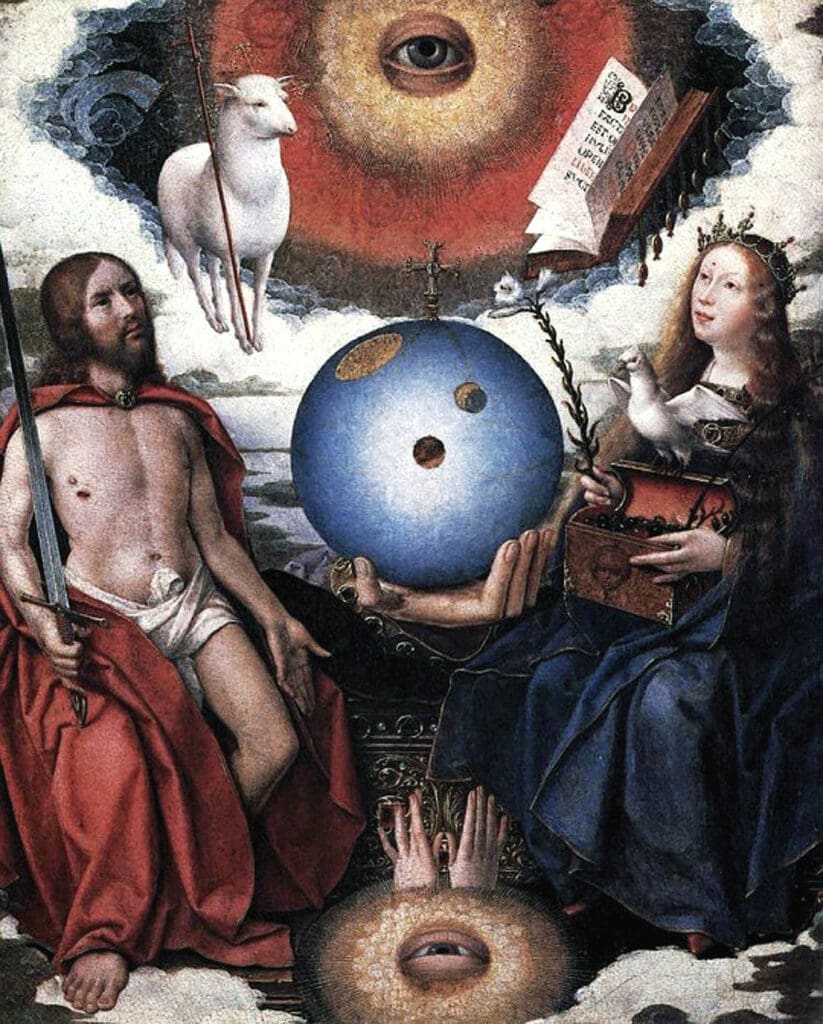
‘The enthusiasm and the willingness to act of the church of the post-council years has been replaced by a community of people whose influential groups now often question the nature and impact of the council’
2. The Nature of Vatican II
The committee set up in May 1959 to prepare the council (commissio antepraeparatoria) began its work, while the Pope set the purpose of the meeting. Faithful to the sacred principles on which it was founded and to the unchangeable teaching entrusted to it by the divine founder, the life and unity of the church must be reaffirmed by courageous action, in view of the many specificities and challenges of modern times. The word ‘reform’ was almost never used. The Council’s aim was not reform but renewal (aggiornamento).
Of the four major sessions of the council, only the first was presided over by Pope John, who died on 3 June 1963. The rest of the council was presided over by his successor, Paul VI. The four most important documents summarizing the conclusions of Vatican II were the constitutions on the Sacred Liturgy, on the church, on the divine revelation, and on the church in the modern world. Next in importance were the nine decrees on the Social Communication, on Ecumenism, on the Catholic Churches of the Eastern Rite, on the Pastoral Office of Bishops, on Renewal of Religious Life, on Priestly Formation, on the Apostolate of the Laity, on the Mission Activity of the Church, and on the Ministry and Life of Priests. There were also three declarations on Christian education, non-Christian religions, and religious freedom.
On the day of the opening of the council—11 October 1962, which later became the liturgical feast of the canonized Pope—Pope John spoke of the prophets of calamities (the Italian translation of the text reads profeti di sventura), a phrase also used later by Benedict XVI (to the seminarians on 8 February 2013) and Pope Francis (Evangelii gaudium 84). As he put it at the time:
‘They do not see in modern times but prevarication and ruin; they are saying that our time, compared with the past, has been getting worse; and behave as if they had learned nothing from history, that remains a teacher of life, and as if in the time of the preceding Ecumenical Councils everything had proceeded with an absolute triumph of doctrine and Christian life, and of the just freedom of the Church. It seems fair to us to disagree with such prophets of calamities, trained to announce always unfortunate events, as if the end of time were imminent.’2
These lines characterize the whole basic tone of the council. The council fathers dealt with themes that touched on the frontiers of Catholic doctrine. They ventured boldly to the periphery of the issues of dialogue with the contemporary world, with other Christian communities, and with other religions; they reflected on the much-debated question of religious freedom in ecclesial manifestations; and they sought to reach the deepest levels of understanding of the meaning of the liturgy. Meanwhile, they were hopeful about the possibilities for dialogue, community, and renewal, with a firm hope for openness on the part of the whole human community. In a word, they wanted to be prophets not of doom, but rather of hope and trust.
Pope Benedict XVI, who had participated in the council as a theological expert (peritus), always stressed that the teaching of Vatican II must be read in continuity with tradition, in the knowledge that its message has not lost any of its validity. And while the apostolic constitution on the Roman Curia, Praedicate Evangelium (2022), precisely recalls the principles of Vatican II, we must also see that the council was still largely a debate between European people on the problems of a fundamentally European church. Today, as the universal church gravitates more and more towards the southern hemisphere, we are aware of how deeply the principles of the council are present in the life of the church. Our task today, however, in the age of Pope Francis, is to interpret these texts in depth, in the context of a broadly understood universal church.
3. The Council Generation and the Reception of Vatican II
Ralph Martin’s book, The Catholic Church at the End of an Age: What Is the Spirit Saying?, has already pointed out that the reception of Vatican II was not smooth and did not bring the expected renewal in all areas. The book itself is an analysis—it analyses the state of the Catholic Church at the end of an era—and made a huge impact on me during my high school years. Martin is a family man, a theology teacher in Detroit, USA, and president of Renewal Ministries, which has a worldwide impact through its ministries, especially in Catholic charismatic communities.
‘The new paths’, he wrote in 1994, ‘on which Vatican II launched the Catholic Church have proved more difficult to travel than was thought, and the destination then set may be reached more slowly than expected. If we look at the statistics, it is in some ways easier to see the destruction of the old system than the birth of the new’.3 A great era seems to be coming to an end. That something is coming to an end is certain. But what comes next is almost entirely uncertain. We are living in an open moment in history, a transitional period, the outcome of which will only unfold in the lifetime of my generation, at best. A kind of closure of an era in the church can be felt theologically and pastorally. On the death of Benedict XVI, Christopher Ruddy writes in Commonweal Magazine:
‘Now the last surviving major participant at Vatican II is gone. An ecclesial era has ended. The man who grew up under Nazism, who resisted Marxism and theological liberalism, has passed. There are new movements in the world and in the Church, new signs of the times, for good and for ill. Still, I am convinced that the stature of this ‘mustard seed’ theologian and hierarch will grow over the coming decades and bear much fruit.’4
This is true. Pope Francis talks about a council taking a hundred years to bear its fruit, and in the meantime, in the middle of this process, the church, theology, pastoral ministry and mission have reached the stage where the great council generation has passed away.
‘Historians say that it takes 100 years for a Council to be fully implemented, so it is only halfway through. Many things have changed in the Church, many things for the better […]. There are two interesting signs: the initial imprudent enthusiasm of the Council has already disappeared, I am thinking of the liturgical effervescence, which is almost non-existent. And anti-conciliar resistance is emerging that had never been seen before, something that is typical of any process of maturation. But so much has changed…’5
The first reception of the council has taken place, and perhaps the time for post-council excesses is over. But we sense that the focus of theological and pastoral issues has shifted in the last fifteen to twenty years. The enthusiasm and the willingness to act of the church of the post-council years has been replaced by a community of people whose influential groups now often question the nature and impact of the council. Perhaps the most controversy has centred on liturgical reform and its implementation, but many have also recalled the systematic nature of the ‘old’ theology. Alongside the narrative method of the council’s theologian generation, there is a growing demand for tighter systems. At the same time, however, one can observe that systematic theology and dogmatics are taking a back seat to contextual theologies, while theological analysis of ethics, culture, history, or society is nowadays emphasized. This is, of course, not necessarily a welcome development, but it enriches the life of the church and can certainly be seen as an asset. We can therefore say that we have reached the end of the council generation, while the reception of Vatican II is still in full swing.
4. Our Mission: To Continue
The implementation of the guidelines of Vatican II began half a century ago with sincere and often biased enthusiasm. The German theologian, Heribert Mühlen compared the decades after the Council to the time of the Acts of the Apostles. He also spoke of a ‘new era’ in which the church was being renewed and people were finally taking note of social problems. The experience of faith in this period became a communal one, as witnessed by the movements, groups and prayer communities that were formed during and after Vatican II. This enthusiastic joy defined the attitude of many, and the sense of the end of an era fostered the desire to break with the old theology and, in general, with the established Christian culture of behaviour, thirsting for something new. And this process has often led to excesses, while the enthusiasm for the council has nowadays faded or become a disappointment, and the need to reconstruct the old forms has also grown. This reactionary need is partly due to nostalgia, but partly to a desire for real life and renewal. Erik Varden, bishop-prelate of the Catholic Territorial Prelature of Trondheim, Norway, and former Trappist abbot of Leicestershire, writes in an analysis of the post-Council public mood as follows:
‘Yet the Second Vatican Council’s legacy is complex, conditioned, sometimes eclipsed, by that of the secular culture revolution which, just as the council was drawing to a close, engulfed the West. In assessing this legacy, too, metanoia is called for. We routinely confront, in the Church, not so much a clash of convictions as a clash of sensibilities. The elderly accuse the young of being retrograde. The young accuse the old of clinging to aggiornamento premised on a giorno on which the sun has long since set. This state of affairs is really rather comical, when you stop and think. Yet the conflict it represents is earnest. It is tearing us apart. That is a scandal. After decades of determined inculturation, the time has come to exculturate ourselves somewhat, to be realigned round faith’s vertical axis, to recover our sense of the timeless, to seek God’s
will in listening silence, to let our lives be refashioned by grace—why, to be converted.’6
It will be the task of a generation to continue, in a rational and balanced way, to implement the teaching of Vatican II, which today is under a great deal of tension. I would like to emphasize clearly my conviction that the teaching of the council is clear, serene, and powerful even after sixty years, and that the way of the future church can only be the way of the Second Vatican Council.
NOTES
1 For his homily on this occasion, see: Acta Apostolicae Sedis, 51 (1959), 70–74.
2 See the opening speech here: Acta Apostolicae Sedis, 54 (1962), 785–795.
3 Ralph Martin, The Catholic Church at the End of an Age: What Is the Spirit Saying? (San Francisco: Ignatius Press, 1994), 15.
4 Christopher Ruddy, ‘Benedict’s Theological Legacy’, Commonweal Magazine (6 January 2023), www.commonwealmagazine.org/ratzinger-benedict-theology-liturgy-christ.
5 ‘Pope Francis: Africa “a continent to be valued, not plundered”’, Interview with Mundo Negro magazine (15 December 2022), www.vaticannews.va/en/pope/news/2023-01/pope-francis-africa-a-continent-to-be-valued-not-plundered.html.
6 Erik Varden OCSO, ‘Monastic Wisdom—A Return to the Rentre’, The Tablet (3 February 2022), www.thetablet.co.uk/features/2/21437/monastic-wisdom-a-return-to-the-centre.

